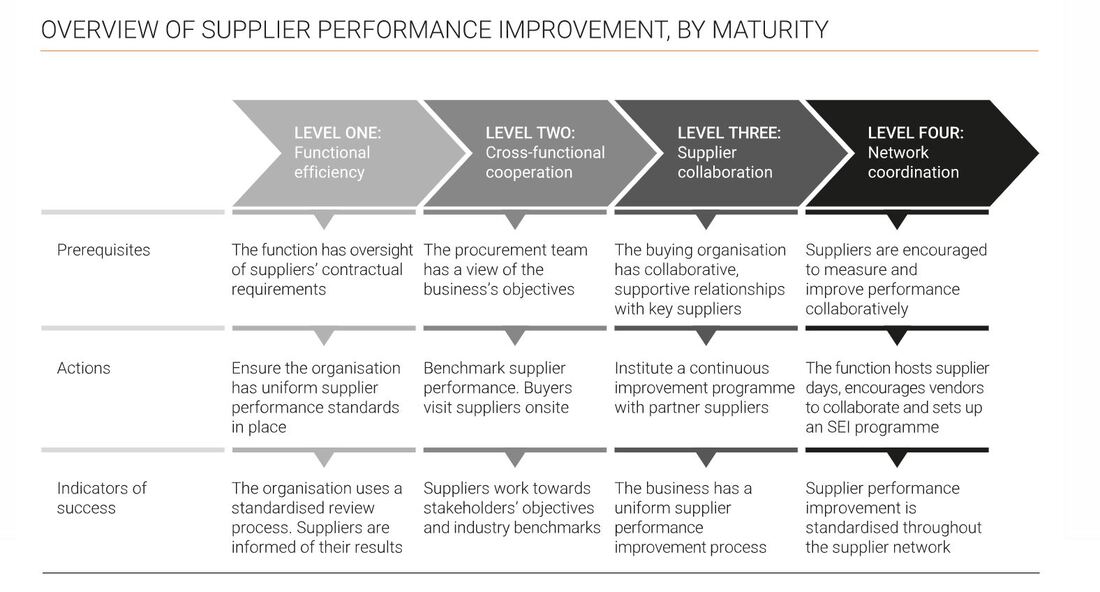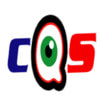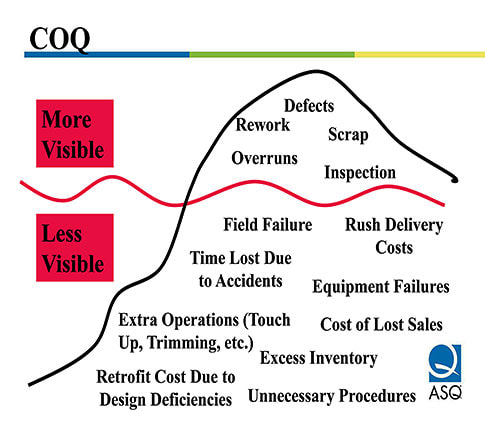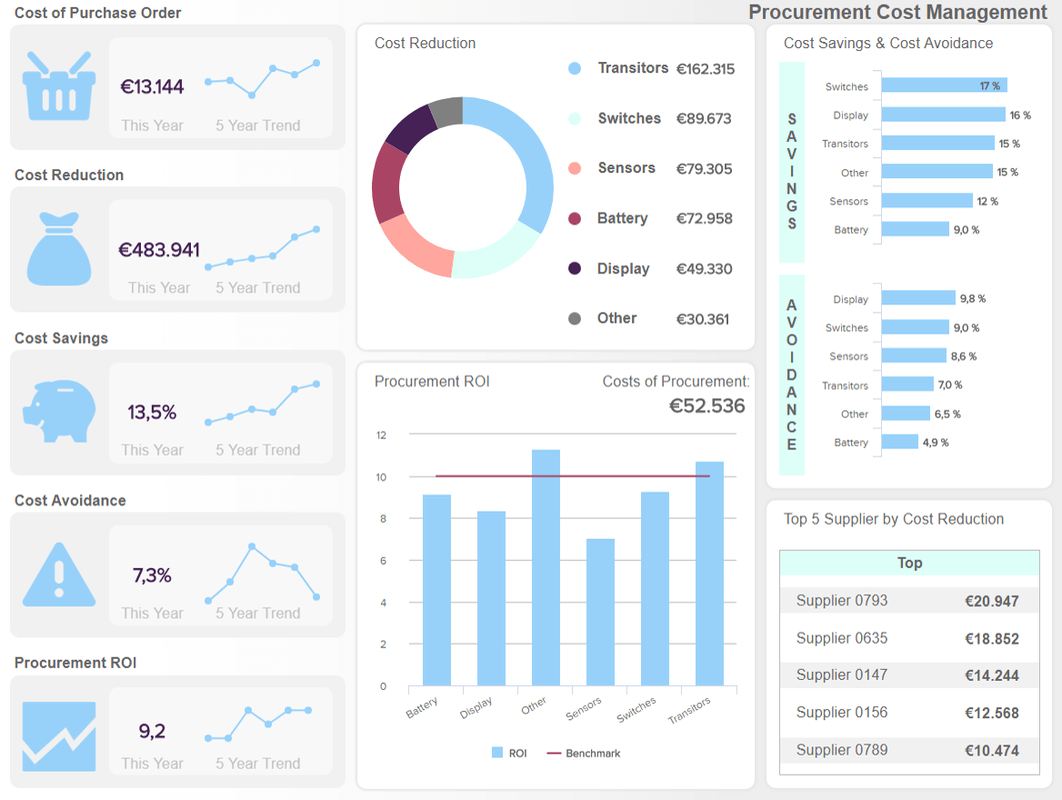|
Polyamide 66 (PA66), commonly known as nylon 66, is a widely used engineering plastic known for its high mechanical strength, rigidity, good stability under heat, and excellent wear resistance. However, PA66 is also hygroscopic, meaning it absorbs moisture from the environment. This moisture absorption can have significant effects on its properties and performance.聚酰胺66(PA66),俗称尼龙66,是一种广泛使用的工程塑料,以其机械强度高、刚性好、耐热稳定性好、耐磨性好而著称。然而,PA66 也具有吸湿性,这意味着它可以吸收环境中的水分。这种吸湿性会对其性能和性能产生重大影响。 Moisture Absorption Characteristics:
To illustrate the typical moisture absorption behavior of PA66 over time, we can create a graph showing the percentage of moisture absorbed by the material as it approaches equilibrium. This type of graph generally follows an exponential trend, where the rate of moisture absorption is initially high and gradually slows down as it nears the equilibrium moisture content.为了说明 PA66 随时间推移的典型吸湿行为,我们可以创建一个图表,显示材料在接近平衡时吸收的水分百分比。这种类型的图表通常遵循指数趋势,其中吸湿率最初很高,并在接近平衡水分含量时逐渐减慢。 Here is a step-by-step guide to plot this graph:以下是绘制此图的分步指南:
The graph above illustrates the typical moisture absorption behavior of PA66 over time. Initially, the material rapidly absorbs moisture, but the rate of absorption slows down as it approaches the equilibrium moisture content, which is around 8% in this example. This curve is characteristic of the exponential nature of moisture absorption in hygroscopic materials like PA66. 上图说明了PA66随时间变化的典型吸湿行为。最初,材料会迅速吸收水分,但当接近平衡水分含量时,吸收速度会减慢,在本例中约为 8%。该曲线是PA66等吸湿性材料中吸湿性的指数性质的特征。 The equilibrium moisture content (EMC) for PA66 (nylon 66) depends on the environmental conditions, particularly the relative humidity and temperature. Generally, the equilibrium moisture content for PA66 is:PA66(尼龙66)的平衡含水量(EMC)取决于环境条件,特别是相对湿度和温度。通常,PA66的平衡含水率为:
0 Comments
How to Work with Supplier to Secure Quality?I would like to share a case regarding the shipment quality ruins
the business. 2 days ago, I have been approached by a buyer (keep in mind in this case the buyer is comes from China, not oversea buyer) He is asking me: how can I persuade my supplier either to rework the shipment lot or refund me? And then, he tries to describe the detail of his headache problem.
The buyer in a very embarrassing situation now, and asking recommendation, how to collaborate with supplier to solve this case. This case hits the topic of COPQ – Cost of Poor Quality. I am not going to spend words on the solution but want to focus on how to prevent this embarrassing situation.
It is another uncertain and difficult year in 2022 to manage supply chain in order to be resilience and sustainable.
It will be impact from many aspects, at least but not limited to, geopolitics, trade war, COVID19, Carbon reduction… How to manage lead time, quality and cost from procurement perspective? The problem to solve:
Buyer focus: 1. collaborate with supplier to focus on the following area: - Speed to mark - work together to manage shocks on supply chain - build & enhance trust - technology innovation - productivity and efficiency 2. Establish process to ensure same understanding and same goal, and avoid last-minute changes-Clear - expectation with timeline, specification - Middle/long term forecast - Online & auto communicate & approval process - Transparent on supplier chain 3. Not only focus on tier 1 suppliers, but also focus on critical tier 2 suppliers. Earlier involvement to Identify risk and take action 4. Supplier diversity & near shore 5. Local procurement 6. Share 12 months rolling forecast 7. Manage and adjust supplier relationship strategy 8. Optimize safe inventory for FG and critical components 9. Establish the dynamic linkage between unit cost and market price index.  Introduction Supplier performance improvement is an ongoing process through which a buying organisation enhances a vendor's existing capabilities. Buying organisations that implement a supplier performance improvement programme may benefit in a number of ways, including:
Procurement Leaders’ Guide to supplier performance improvement provides insight into the following factors:
This guide is divided into sections based on functional maturity, providing procurement executives with advice throughout their transformation initiative. See the appendix at the end of this report for more detailed definitions of the different levels within Procurement Leaders' functional maturity scale. Level one: Functional efficiency Standards and service levels have been agreed for supplied products and services. These are supported by an effective review process. Prerequisites VENDOR PERFORMANCE METRICS Before attempting to improve supplier performance, procurement teams should ensure they have effective means of measuring vendor performance. First, procurement executives should assess suppliers’ contractual performance using key performance indicators (KPIs) or other metrics. See Procurement Leaders’ Guide to Supplier performance measurement for further information. Buying organisations should have developed broader criteria by which to measure suppliers, including price, lead times, corporate social responsibility performance, delivery, and so on. Buyers should record these results on a supplier scorecard and provide vendors with feedback on a regular basis. Scorecards provide clear information on the areas in which the supplier is currently meeting or exceeding expectations and those in which it needs to improve. UK packaging company DS Smith implemented supplier scorecards to enhance its relationships with suppliers. Read Procurement Leaders' case study to find out more. ActionsAt this level, a supplier’s performance is assessed based on its ability to meet its contractual commitments and the buying organisation’s expectations – regardless of whether these expectations are easily achievable, unrealistic or likely to change. Indicators of performance may relate directly to attributes of the product or service, such as weight, quality, availability or cost. TACKLING UNDERPERFORMANCE It is critical that anyone responsible for managing suppliers reads and fully understands the terms and conditions of the contract, as well as the metrics used to assess performance. Failure to do so may put the buying organisation at a significant disadvantage should any issues arise. If a supplier is underperforming, the buying organisation will need to enact a performance plan. Buyers should contact the supplier to explain they are not meeting their contractual expectations and make it clear the buying organisation will continue to monitor the vendor’s performance and will intervene should the supplier fail to improve. Indicators of successThe buying organisation is able to identify areas in which vendors must improve to meet their contractual obligations and has established a standardised review process to assess whether these commitments are being met. Underperforming suppliers are aware they are being monitored and are working to improve their performance. Level two: Cross-functional cooperation Suppliers’ performance is assessed against industry standards and benchmarks. The function has a process to manage vendor underperformance. Prerequisites The function should benchmark supplier performance against both industry and nonindustry standards. Procurement executives may obtain this information by speaking to other buying organisations and suppliers, working with a consultancy or using third-party market intelligence. This benchmark information enables procurement executives to compare the organisation’s performance with that of its competitors and identify gaps in existing its existing supplier relationship management (SRM) processes to gain and maintain a competitive advantage. Procurement should be aligned with the rest of the business to ensure the function focuses on and prioritises stakeholders' requirements – rather than those of the function. Each metric used to measure supplier performance should be aligned to the business’s overall objectives, along with those of stakeholders, to avoid wasting time and money. Actions FUNCTIONAL ALIGNMENT Procurement executives should host regular meetings with stakeholders from different departments to ensure the function is aware of changing needs and objectives throughout the organisation. Business alignment strategy report, published in 2017, contains insight on aligning the function more closely to other teams within the business. BENCHMARK AND ENFORCE PERFORMANCE The procurement team should ensure supplier scorecards include industry benchmarks for important stakeholder criteria. Suppliers should seek to exceed their contractual expectations and, at a minimum, match the performance of other providers in the industry. If the supplier fails to meet stakeholder expectations or benchmark performance levels, the buying organisation must intervene and hold quarterly meetings with the vendor in question. Invite stakeholders to these meetings to discuss areas in which the supplier needs to improve, the reasons for this and to collaboratively develop a strategy to correct results. SITE VISITS Travelling to see a vendor enables buyers to speak to the supplier’s staff and identify improvements. These comprehensive site visits should be carried out by a well-trained team of buyers. Before travelling, buyers should produce a concise performance survey and communicate with the supplier to ensure the vendor knows what to expect. Once the visit has been completed, buyers should analyse the results of the survey and retain this information to track future performance. Indicators of successThe function has successfully embedded new vendor performance expectations. Suppliers are no longer working to meet contractual expectations and are instead driving improvements to meet stakeholder objectives and industry benchmarks. The buying organisation has visited underperforming suppliers and identified improvements. Buyers collect data during these visits and use this information to assess vendor performance. Level three: Supplier collaboration A supplier process exists to improve performance wherever problems are detected (supplier, customer or the interaction between the two). Prerequisites The buying organisation should have a collaborative relationship with strategic suppliers and a clear view of such vendors’ operations and strategy. In many cases, buyers have established collaborative alliances with these companies. As a result, supplier information flows into the buying organisation’s decision-making tools. The organisation’s senior leadership are committed to improving strategic supplier performance and have allocated resources to provide training to suppliers. The function has effective internal and external communication plans and procurement professionals have a good understanding of statistical tools and techniques. Actions APPLY SIX SIGMA TECHNIQUES Procurement executives may choose to improve supplier performance by making use of Six Sigma process improvement techniques. Such programmes are intended to improve the quality of outputs by identifying and eliminating the causes of defects. At the same time, the organisation will seek to reduce process variance to optimise supply chain processes and eradicate waste. The long-term objective is to reach Six Sigma quality performance – that is, 3.4 defects per million opportunities. Organisations that adopt Six Sigma aim to improve processes incrementally using a five-phase, data-driven strategy:
STATISTICAL PROCESS CONTROL An alternative to Six Sigma, statistical process control (SPC) is an industry-standard quality-control methodology that uses a set of techniques and tools to characterise patterns of variation. Data is entered into control charts, which are used to record data and identify unusual variations. If the process is in control, 99.7% of the data will fall within the control limits. Control charts aim to differentiate between the two types of process variation:
Suppliers usually understand the need to minimise variance but tend to find SPC difficult to implement. Procurement executives need to evaluate vendors' ability to produce consistent parts to evaluate SPC. The buying organisation should ask suppliers the following questions:
Indicators of success The buying organisation expects continuous improvements throughout the supply chain. It is no longer enough for suppliers to merely meet contractual or stakeholder requirements. Externally, buyers no longer need to visit suppliers to encourage improvement. Suppliers consistently enhance their monthly/quarterly/half-yearly operational results and provide additional value through an efficient supply chain process. The organisation has a standardised process by which to improve supplier performance. Level four: Network coordination Supplier improvement works across multiple organisations to resolve supply network problems and embed the capabilities for further improvement in the organisation's partners and their own suppliers. The most mature procurement functions have a deep view of the entire supply chain and visibility of key suppliers in the lower tiers, as well a view of end customers' requirements. The buying organisation has a supplier performance improvement programme in place across the supply base and partner vendors have a strong focus on continuous improvement. Suppliers are encouraged to collaborate to record and improve performance. The procurement function leads a supplier ecosystem that provides the business with a demonstrable competitive advantage. Investors and industry analysts access supply network performance results when appraising the business’s financial performance. Actions SUPPLIER DAYS Events such as supplier days are an effective way of building relationships with vendors and are increasingly becoming part of more advanced functions’ SRM strategies. Supplier days bring together vendors from different industries and enable these organisations to collaborate with one another. In addition to helping buyers develop and maintain relationships with a diverse supply network, these events provide a platform for continuous improvement in areas such as quality, delivery and corporate social responsibility among a network of suppliers. In addition, supplier days enable vendors to communicate with one another face to face and build stronger relationships. At supplier days, invite suppliers’ senior management teams to:
New York City-based beauty company Coty, for example, used a supplier day to engage its strategic suppliers after a major acquisition. Procurement Leaders' case study looks at how the company planned this successful initiative. SUPPLIER NETWORKING Rival vendors may be more comfortable meeting informally and more willing to share ideas in a social environment. The procurement function should also encourage suppliers to work on projects together, rather than on a one-to-one basis with the buying organisation. The buying organisation is, traditionally, the hub at the heart of the supply chain. In an ecosystem in which vendors collaborate, however, the buying organisation is no longer the hub. To incentivise supplier participation in ongoing joint projects, the buying organisation may provide testimonies on behalf of vendors or create supplier awards to recognise outstanding projects. Buyers may also choose to incentivise suppliers using more traditional means, such as longer-term or greater-value contracts. Nokia is one business that has developed a supplier ecosystem to take full advantage of 5G technology and the Internet of Things. Goran Cangl, head of ecosystem advocacy, innovation partner and venture management at the Finnish telecoms giant spoke to Procurement Leaders in 2017 about the shift from "supply base thinking to ecosystem thinking". SUPPLIER-ENABLED INNOVATION The buying organisation should maximise innovation across its supplier network by developing a supplier-enabled innovation (SEI) programme. Partner suppliers should be enlisted and encouraged to work collaboratively to identify new, innovative ideas and solutions that will benefit the buying organisation. Procurement Leaders' feature, Unlock a winning combination to SEI, provides insights from a number of the companies on developing an SEI roadmap while the Supplier-Enabled Innovation Center (SEIC) provides dedicated resources and community support for organisations that wish to accelerate their success in this area. Indicators of success At a minimum, the buying organisation holds an annual supplier day and invites key vendors are invited to share ideas, processes and technologies that benefit both buyers and suppliers. A network of suppliers from different areas of the ecosystem work collaboratively to enable continuous improvement. Supplier performance improvement across the entire network is standardised. Summary
LEVEL ONE: FUNCTIONAL EFFICIENCY
LEVEL TWO: CROSS-FUNCTIONAL COOPERATION
LEVEL THREE: SUPPLIER COLLABORATION
LEVEL FOUR: NETWORK COORDINATION
Benefits
Further information Guide: Supplier performance measurement Strategy report: Supplier relationship management Case study: Developing a supplier scorecard |
AuthorSupply Chain, supply base, product sourcing, supplier validation, quality management... Archives
July 2022
Category |



 RSS Feed
RSS Feed
